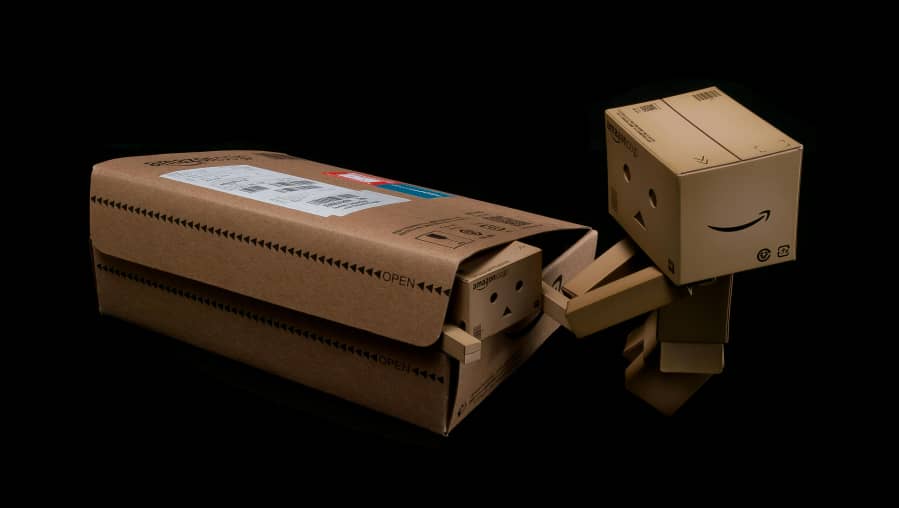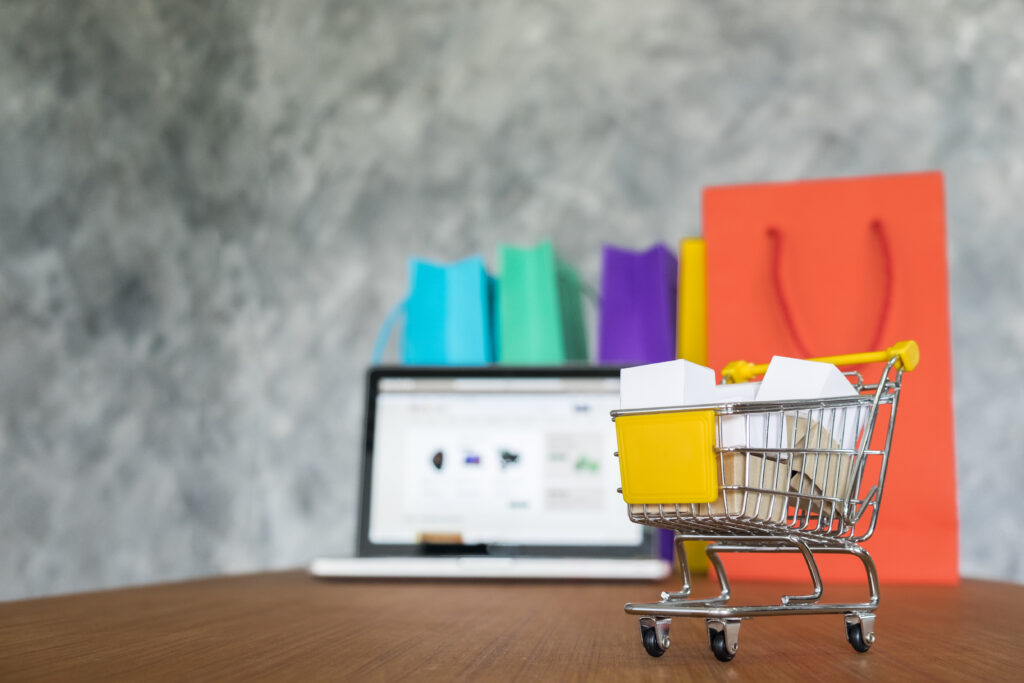Deciding what you want to sell is just the start. Selling on Amazon can be a great way to kick off your online business journey. But selling online is more than just having stuff to sell. You’ve got to think about storing your products and making sure they get to your customers on time and in one piece.
That means lots of planning, hard work, and money. That’s where Fulfillment by Amazon (FBA) comes in handy. It’s super popular because it lets new sellers hand over the tricky logistics to Amazon.
So, if you’re new to the Amazon game and feeling a bit lost about FBA, don’t worry. We’ll walk you through all you need to know about this awesome option for your business in this article.
What is Amazon (FBA)?
Amazon FBA stands for Fulfillment by Amazon. It’s a service offered by Amazon where sellers can store their products in Amazon’s fulfillment centers. Amazon then handles the picking, packing, shipping, and customer service for these products.
It’s a convenient option for sellers who want to outsource the logistics of their business to Amazon, allowing them to focus on other aspects like product sourcing and marketing.
For instance, you’re a small business owner who sells handmade jewelry online. Instead of storing your inventory in your garage and handling shipping yourself, you can use Amazon FBA.
You send your jewelry to Amazon’s fulfillment center, and when a customer places an order on Amazon, they handle all the logistics, picking your product from their warehouse, packing it, and shipping it to the customer.
You can focus on creating more jewelry and growing your business, while Amazon takes care of the rest.
How to sell your products on Amazon FBA.
1. Sign Up for FBA:
Start by creating an Amazon Seller account. When you do, opt for Fulfillment by Amazon (FBA) to handle your shipping and customer service.
2. List Your Products:
Showcase your products by adding them to your Amazon Seller account. Provide details like what they are, how much they cost, and upload some great pictures.
3. Prepare Shipments:
Once you’ve made a sale, it’s time to send your products to Amazon’s warehouse. Make sure they’re packaged securely and labeled correctly.
4. Send Products:
Choose a shipping carrier, print out the shipping labels, and send your products on their way to Amazon. They’ll take care of storing and shipping them to customers.
5. Track Performance:
Keep an eye on how your products are doing using your Seller Central dashboard. Check your sales, see if there are any issues with orders, and make adjustments as needed to keep your customers happy.
Advantages and Disadvantages of Fulfillment by Amazon (FBA).
In Amazon’s highly competitive marketplace, sellers are under immense pressure to deliver flawlessly. To mitigate risks, many are turning to Fulfillment by Amazon (FBA) for streamlined logistics.
However, it’s essential to weigh the advantages and disadvantages of this program carefully. Let’s assess whether becoming an Amazon FBA seller is the right move for your business.
Advantages of using Fulfillment by Amazon (FBA):
1. Seamless logistics and shipping:
Amazon takes care of all shipping and logistics tasks, allowing sellers to focus solely on managing listings and ensuring inventory availability.
2. Effortless returns process:
Amazon manages returns comprehensively, from customer contact to replacement item delivery, freeing sellers from this responsibility.
3. Enhanced customer satisfaction:
Amazon’s accessible customer support, available via phone, chat, and email 24/7, ensures customers can seek assistance whenever needed, leading to heightened satisfaction levels.
4. Expanded sales opportunities:
FBA programs such as Subscribe & Save, FBA Small and Light, Multi-Channel Fulfillment, and FBA Export offer avenues for reaching new customers and increasing sales, thereby fostering customer loyalty.
Disadvantages of using Fulfillment by Amazon (FBA):
1. Cost implications:
FBA fees, covering packaging, shipping, listing, and other services, may reduce profit margins, especially for sellers with lower monthly sales volumes.
2. Long-Term Storage Fees:
Amazon charges additional fees for items stored for an extended period, potentially affecting profitability for slow-selling items.
3. Increased return rates:
Prime customers, accustomed to Amazon’s easy return process, may return items more frequently, resulting in higher overall return rates and potential profitability challenges.
4. Product Preparation Requirements:
FBA requires specific packaging and labeling standards for goods entering Amazon’s warehouse, which can be time-consuming and stressful for sellers.
FBA Pricing.
1. Fulfillment Fees: These cover the costs of Amazon picking, packing, and shipping your products to customers, as well as handling any returns.
2. Storage Fees: This is what you pay for keeping your products in Amazon’s warehouses. It depends on how much space your inventory takes up and the time of year.
3. Optional Services: If you need extra help, like labeling or repackaging, Amazon offers these services for additional fees.
4. Referral Fees: Amazon takes a percentage of each sale you make on their platform.
5. Long-Term Storage Fees: If your products sit in Amazon’s warehouses for too long without selling, you’ll be charged extra.
6. Inventory Placement Service Fees: If you want Amazon to distribute your inventory across multiple warehouses for faster delivery, there may be fees involved.
7. High-Volume Listing Fees: If you list a lot of products, you might face additional charges.
Conclusion.
With Amazon’s e-commerce dominance growing, selling through Amazon FBA continues to be a lucrative business opportunity on the platform.
If you’ve been considering becoming an Amazon FBA seller but haven’t taken the bold step yet, now is the perfect time to jump in and get started on your entrepreneurial journey.


